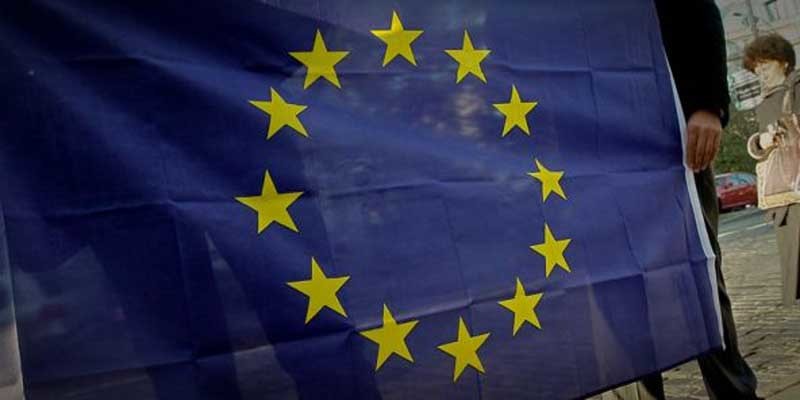Any new independent country would need to reapply for EU membership from outside the union, according to the president of the European Commission.
Jose Manuel Barroso said although a separated Scotland would have to renegotiate its position on Europe, the rest of the UK would ”in principle” not have to go through the same process and would remain a member state.
Deputy First Minister Nicola Surgeon said the Scottish Government was seeking urgent talks with the EC over the issue.
When asked if EU membership for an independent Scotland would be ”nodded through”, Mr Barroso said: ”I did not comment on specific situation in member states because I very much respect that it is their sovereign right to decide about their organisation.
”What I said, and it is our doctrine clearly since 2004 in legal terms, if one part of a country, and I’m not referring to anything specific, wants to become an independent state of course as an independent state it has to apply for European Union membership according to the rules. That’s obvious.”
Asked specifically about Scotland, he said: ”For the EU purposes, from a legal point of view, it is certainly a new state.
”If a country becomes independent it is a new state and has to negotiate with the European Union.”
If Scotland is forced to renegotiate membership it could, in theory, be forced to adopt the euro currency and the Schengen agreement on open borders, which the UK is currently exempt from.
Ms Sturgeon claimed negotiations over EU membership would come from within the union because Scotland would remain part of the UK for two years in the event of a Yes vote.
She said: ”We do not agree that an independent Scotland will be in the position of having to reapply for European Union membership because there is no provision for removing EU treaties from any part of EU territory or for removing European citizenship from the people of a country which has been in the EU for 40 years.
“We are now seeking early talks with the European Commission to discuss the specific process of Scotland becoming independent.”
Opposition parties seized on Mr Barroso’s comments, with Scottish Liberal Democrat leader Willie Rennie saying an independent Scotland would have a ”lot to lose” in negotiations.
He added: ”Alex Salmond has to explain how he will avoid adopting the euro, how he will keep the rebate and maintain open borders with rest of the UK that could be the high price Scotland pays in any negotiations.”
Scottish Conservative leader Ruth Davidson MSP said: ”Now we have it straight from the horse’s mouth, the First Minister has to explain why he has been so blas about such an important matter affecting the future of our country.”
Scottish Labour’s constitutional spokeswoman Patricia Ferguson said: ”The people of Scotland have to be given the facts before they choose Scotland’s future and all the SNP can offer at the moment is uncertainty and hope for the best.”
